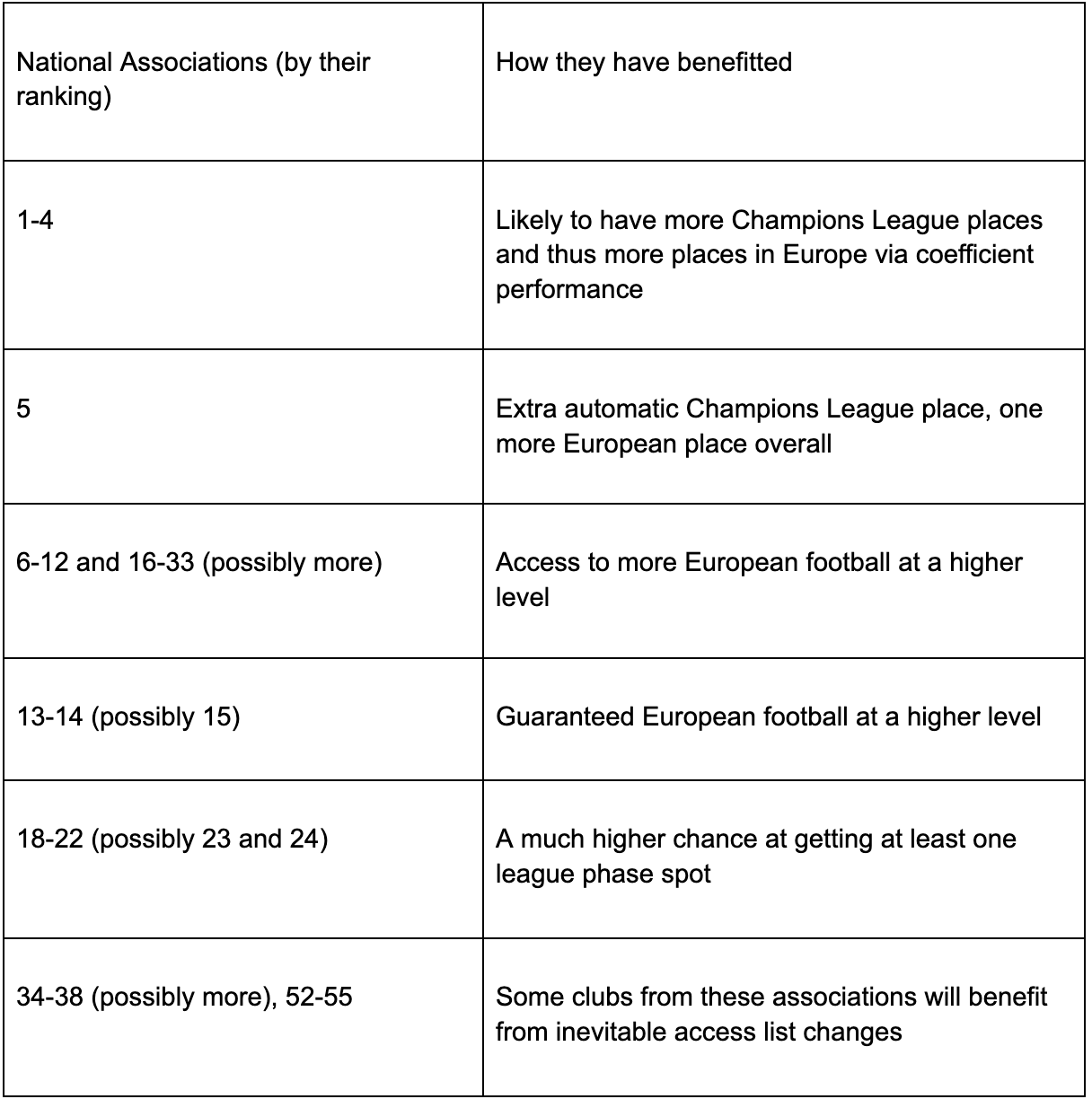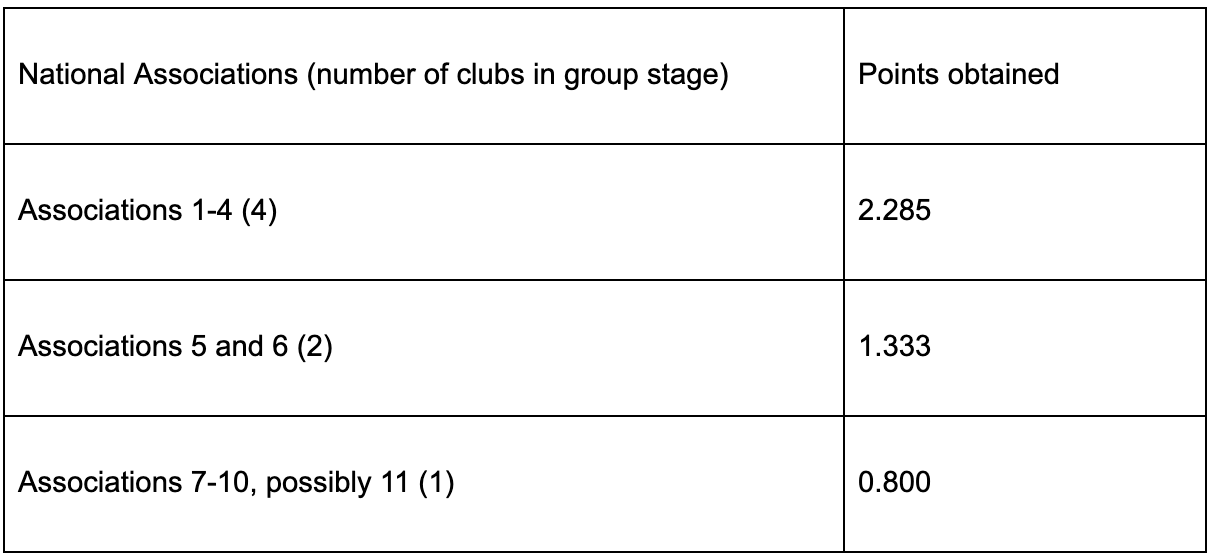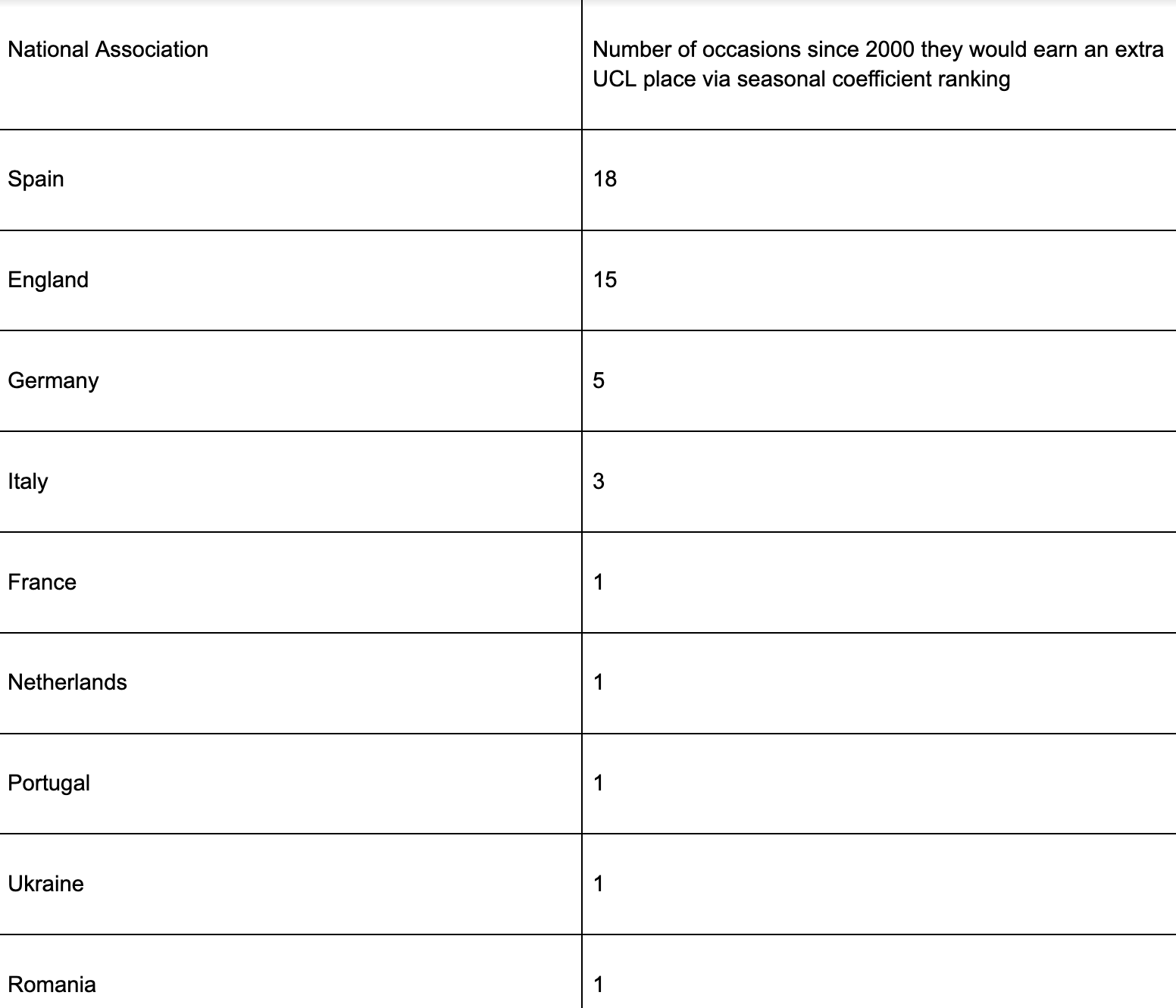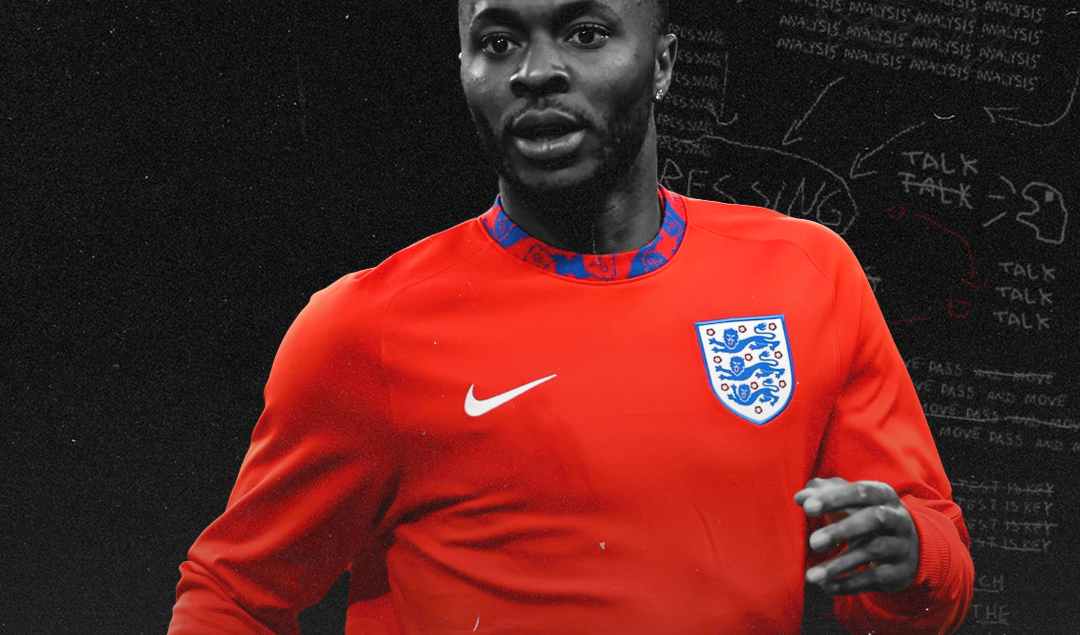UEFA Reforms 2024: Who Are the Biggest Winners, and Why the Inclusion of Coefficient Places in the Champions League Was a Smart Decision From UEFA
For the longest time, there were questions as to how UEFA would go about their planned reforms for their club competitions from the 2024-25 season. Many discussions were had with clubs, member associations, stakeholders and fan groups alike.
When the dust finally settled, a new format was pushed through, with many changes and spirals throughout the process. Now, nearly a month and a half on from the official announcement, a question that can be asked is, who were the biggest winners of these changes?
In the third and final part of this article series on Breaking The Lines, we will discuss who benefited (the most) from the reforms. We will also point out the positives (from UEFA’s perspective) about the addition of coefficient places in the Champions League main round and why this was actually smart thinking on UEFA’s end.
First off, which clubs/countries benefited from these reforms? Well, the answer is pretty much everyone. In one way or another, the overwhelming majority of UEFA’s 55 national associations can be happy with the outcome. Their levels of joy will vary, but this is largely a victory for all.
For the ‘Big 5’ leagues, they will likely have three of the four new Champions League places. That is a massive positive for them as they get what they want. France will now have a third automatic place, with the potential of their fourth-place team making the league phase via qualifying. The table below reflects which national associations won out on these reforms and how they have done so.

The countries immediately below also can take solace in these reforms. Should the Europa League winner qualify for the Champions League main phase domestically, it will give runners-up from these sub-toppers an extra place. That is because the change in the access list means that there would be three teams to qualify for the competition’s main round via the non-champions path rather than two.
Meanwhile, countries ranked 16 to (at least) 33 will now have access to the Europa League qualifying rounds. That is more than double the countries represented in the UEFA’s second-tier club competition. As of right now, only domestic champions from countries ranked 16 and below have any shot in the Europa League, should they fail in Champions League qualifying.
With 12 extra places available in the league phase across the club competition, four in each, this allows a dozen more clubs access to more continental football in the fall and winter. At least nine of these places will go to teams outside of the Big 5, including all four places in the Europa Conference League, and at least three of the four in the Europa League.
Another major change is that there will no longer be dropouts from the Champions League proper to the Europa League, and the Europa League to the Conference League. In the UEL and UECL, this will give more chances for teams from outside of the ‘Big 5’ to go all the way. In the latter tournament, there will be at most five teams in the league phase from the most popular leagues. That has to be considered a massive plus.
With some of the changes UEFA has made to the Access List, there will still be battles for certain important positions in the UEFA National Association Coefficient Ranking, which determines how many teams from each country qualifies for Europe, which competition, and what round.
Right now, the status quo makes it more difficult for countries to climb the ranking, especially breaking into the top 15. With some of the new battles introduced and higher places in higher tournaments, this will make things easier on everyone.
Finally, looking at UECL qualifying, there will be much fewer teams starting in that competition as at least 25 teams that currently would play their football in this tournament’s qualifying rounds will now get a shot in UEL qualifying first. They may still end up in the UECL, but they will not start there right away. With fewer teams in the main path of the latter and more league phase spots available, that is a great advantage.
The Biggest Winners
So, everyone wins here one way or another, but who benefits the most from these changes? It should not be a surprise here, but the teams in Europe’s ‘Big 5’ leagues will be the most satisfied. That is because UEFA did as much as they could to give their biggest money makers more than the rest.
Let’s start with the two coefficient places in the league phase of the Champions League. While UEFA will argue that anyone can win it, that is false optimism. Only the top five leagues have any realistic shot of obtaining an extra place via the seasonal coefficient rankings.
Referring back to my first article in this series where I talked about how coefficient points are calculated, there is a massive advantage for clubs from the top leagues. Before a ball is even kicked, England, Spain, Germany and Italy all receive 2.285 points just from having their clubs enter the UCL proper. France gets at least 1.333, but that can rise to 1.714 depending on how their 3rd team does in qualifying.
By 2024, France will have three automatic places, ensuring 1.714 points. Should their fourth-place team also get in (via qualifying), they will also start with 2.285 points. Outside of the sixth-ranked association, no other country starts with more than one bonus point, with only 10 or 11 countries getting any bonus points at all.
The table below shows the countries that start the season with bonus points before a ball is kicked. This is the status quo and does not take into account the 2024 reforms. Of course, this only takes into consideration the associations that have teams who automatically enter the group stage.

So, the ‘Big 5’ leagues already have that advantage. To make matters worse, they will all have a minimum of six teams in the league phase between the UCL and UEL each. Since there will be eight games for each team, that is at least 48 for each of the five countries.
Keeping in mind that there will not be many wholesale changes to the calculation of coefficient points in 2024, there are only six games in the UECL main tournament, with the majority of teams being from outside of the top five leagues. That is fewer chances at coefficient points and fewer chances for any of the other associations’ clubs to collect points. Two fewer games equal four fewer potential points available for some countries’ clubs.
Lastly, although there are talks about splitting the financial reward a bit better versus now, the Champions League will continue to be where the money is at. With more than half of the teams coming from just five leagues, that is extra opportunities to push the gap even more. So, the obvious winner here are the teams from the five biggest leagues.
Coefficient Places in UCL Proper, Smart Thinking From Uefa
Here is the interesting part of UEFA’s reforms. Although they initially had planned to give places in their most prized competition to the two best teams that missed out through domestic performance, it was reversed due to the sheer backlash from all sides.
Instead, it was agreed that the two best countries from the previous season’s UEFA club competitions (based on their coefficient) would each get an extra spot. It would also allow another European place in general, as all other European places outside of the automatic UCL ones would be passed down.
Yes, I already pointed out that it will go to the ‘big 5’ leagues, but it is still a rather clever decision from UEFA. Looking at a tweet from Omar Chaudhuri, let’s see which countries would have benefitted from this coefficient place, starting from the year 2000 (last 23 seasons):

England and Spain have combined for 33 of the 46 spots since 2000. There were nine occasions when they were the top two in the seasonal national coefficient rankings. The last time that neither ended up in the top two was in the 1997-98 season, when Italy and Germany ended up being the best two countries.
As things stand, fans of clubs from the top leagues do not look at the rankings. They find no need to do so, as they already know how many places their country will have, and in which competition. Adding this extra incentive now brings more attention to the coefficient rankings.
Now people will lend an ear, realizing that their club could finish just below a Champions League place, but will still get in courtesy of this change. The other fascinating dynamic here is now one club could benefit from a rival’s hard work.
To illustrate, imagine one Milan club has a substandard league season domestically and finishes fifth. They may not have contributed much to the coefficient either by continental performance.
If the other Milan club goes far in the Champions League (for the purpose of this point, quarterfinals or better), those extra points could make the difference. It would very possibly end up with one Milan side reaping the rewards of the other’s hard work.
Now, this is hardly anything new, as rival clubs from countries outside of the biggest leagues already have to rely on each other in this respect. However, since this will become prevalent among the biggest sides from the biggest leagues, now it will start to be noticed on a larger scale.
In reflection, these changes to UEFA’s club competitions are a win for everyone. No one can look at this and say they did not get a positive out of the new reforms.
In the end though, as it has been for quite some time and will continue to be so, the main winners are the big shots. With everything that has been moved around, conversed, and planned, the biggest leagues will still be the ones with their smiles the widest.
By: David Parkes / @dpnina10
Featured Image: @GabFoligno / Eddie Keogh – The FA
